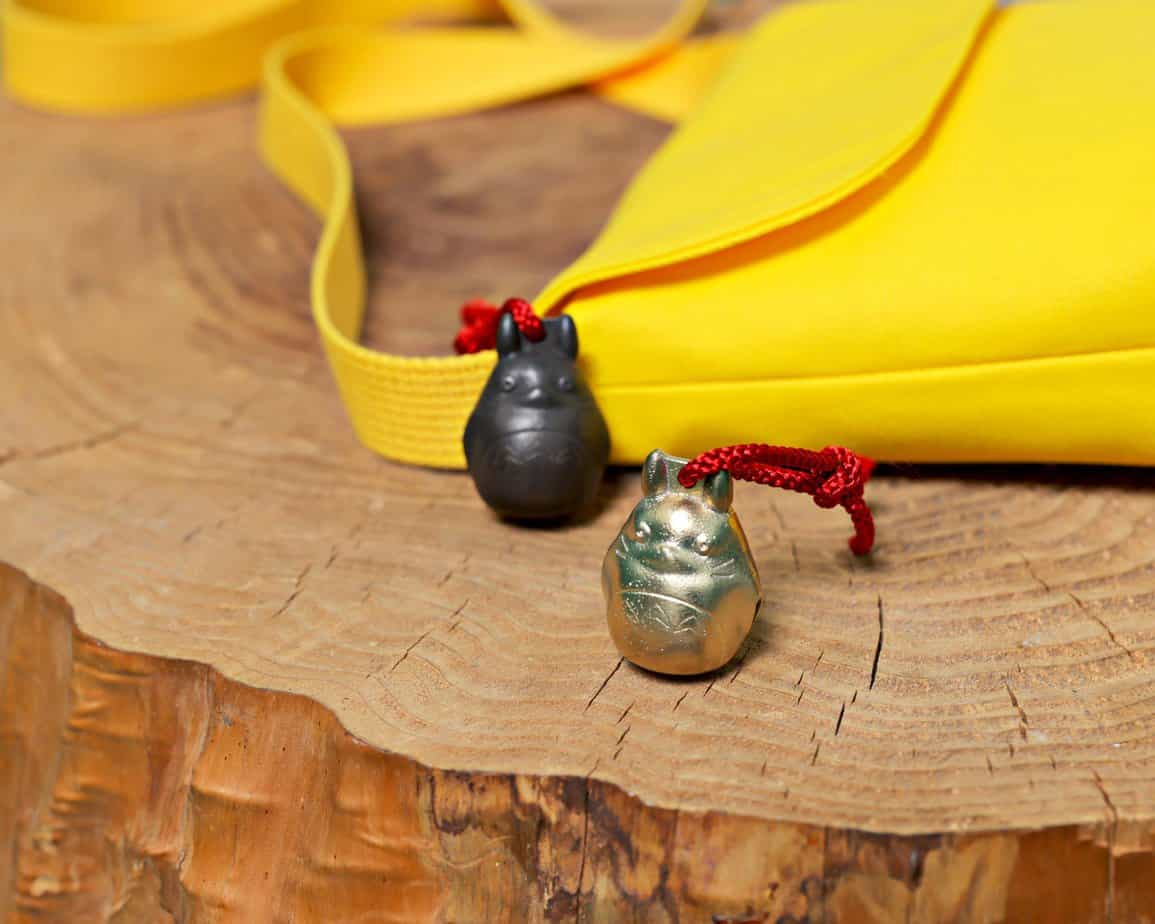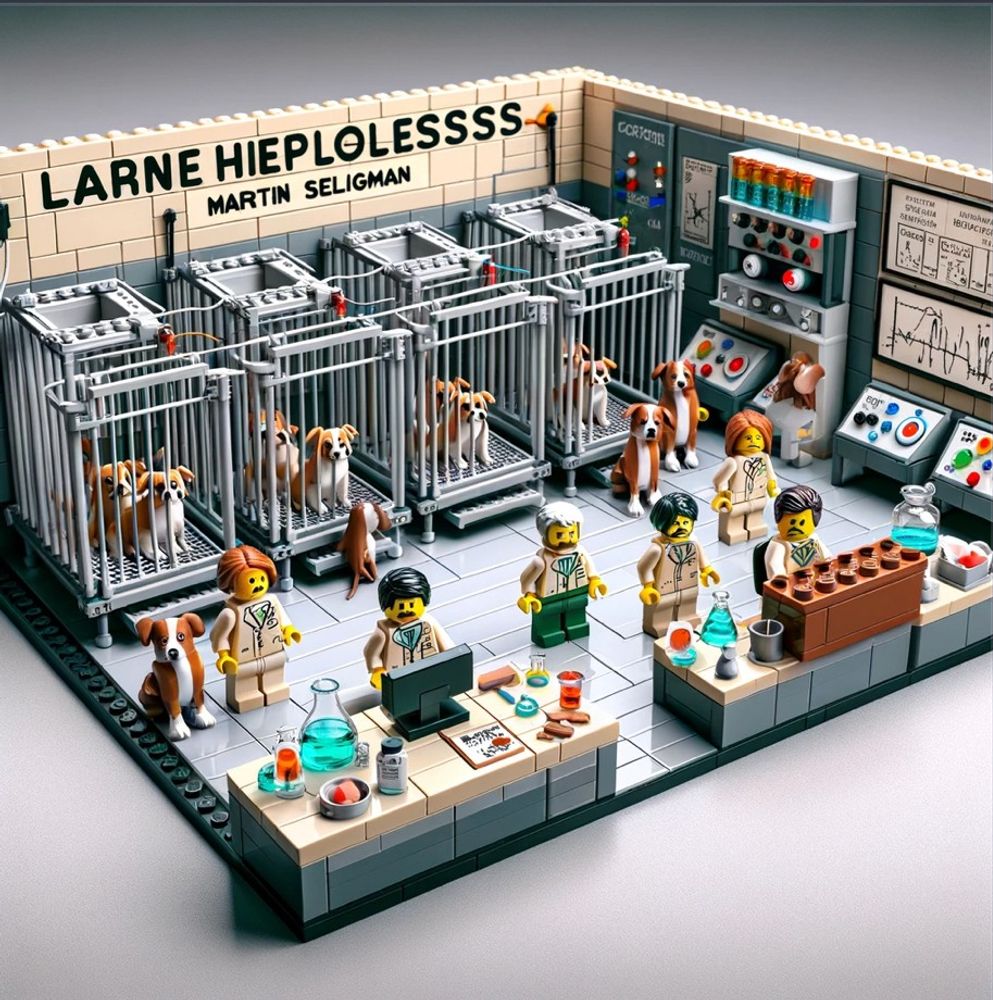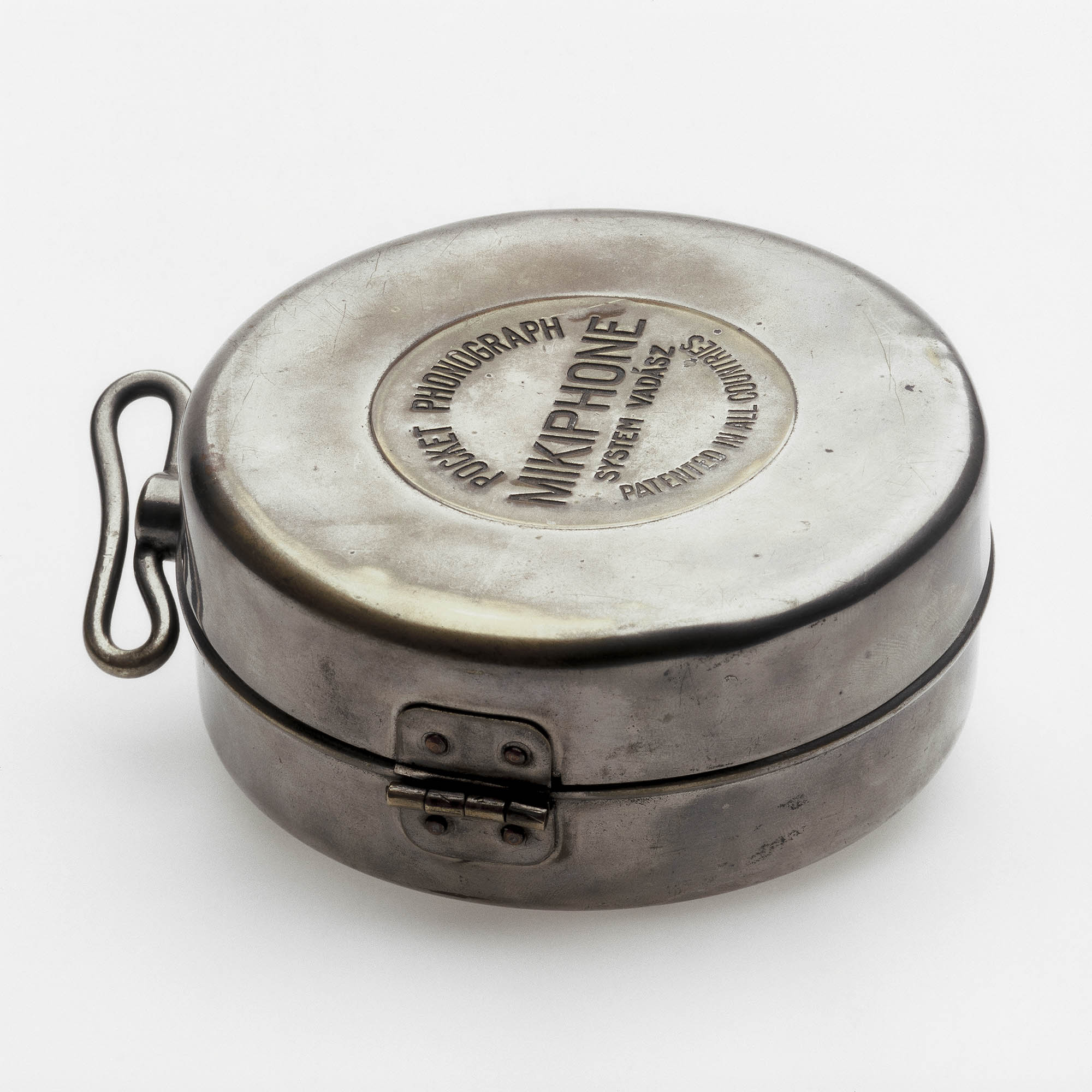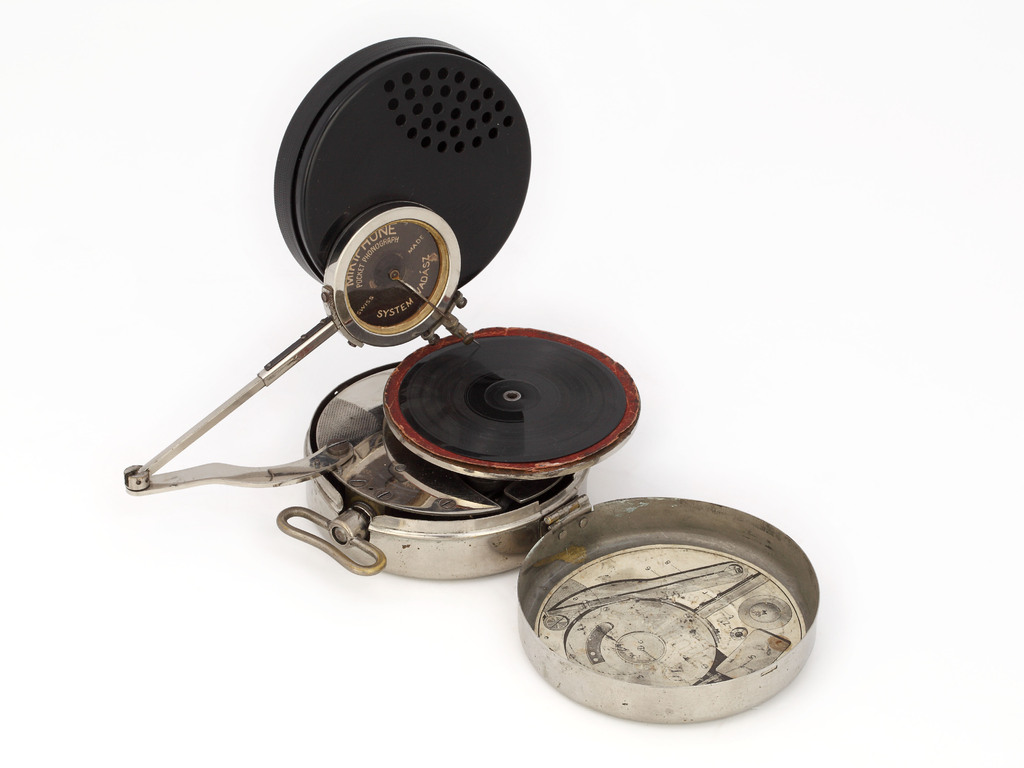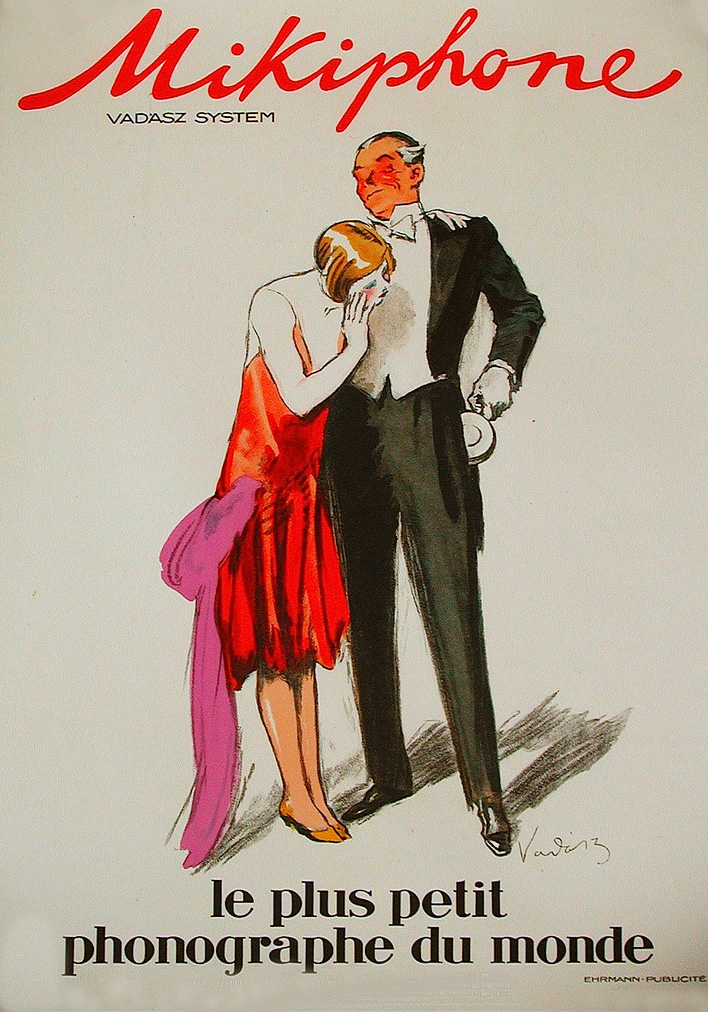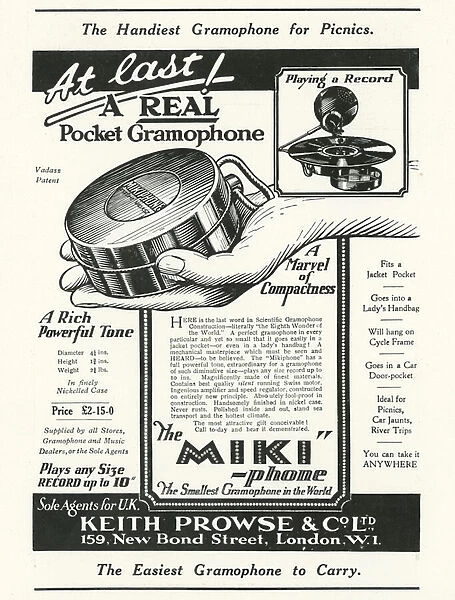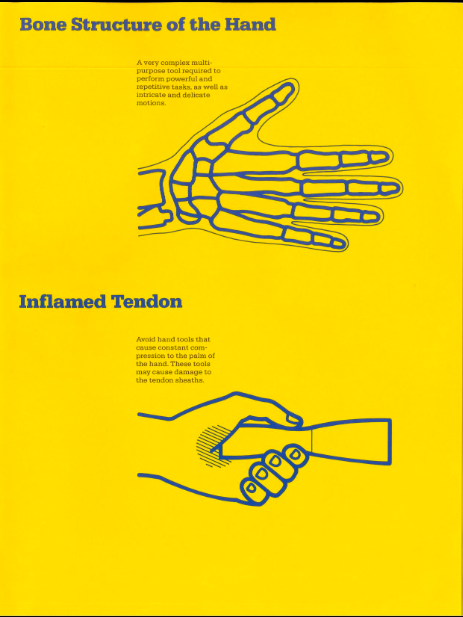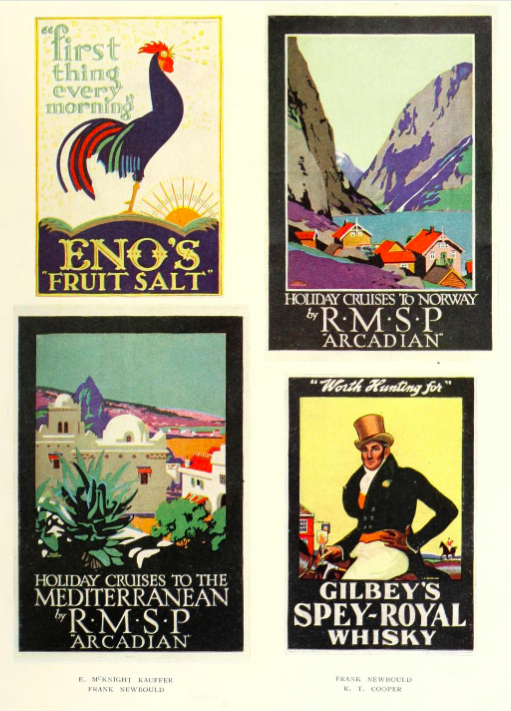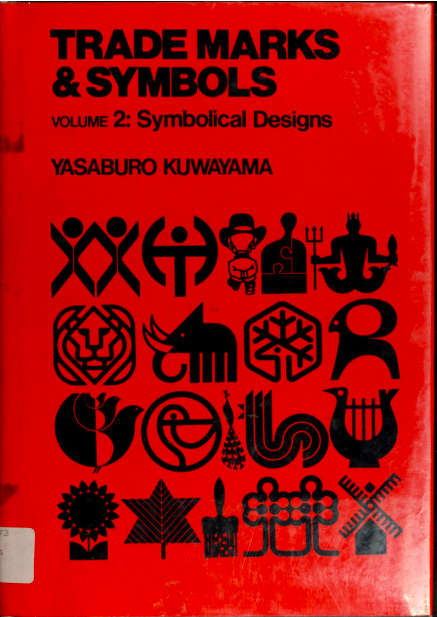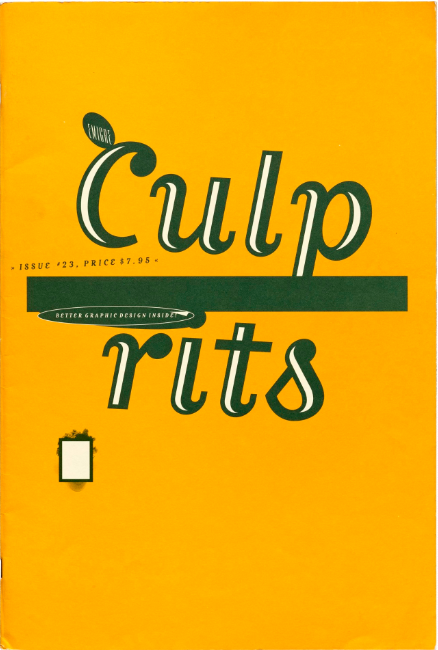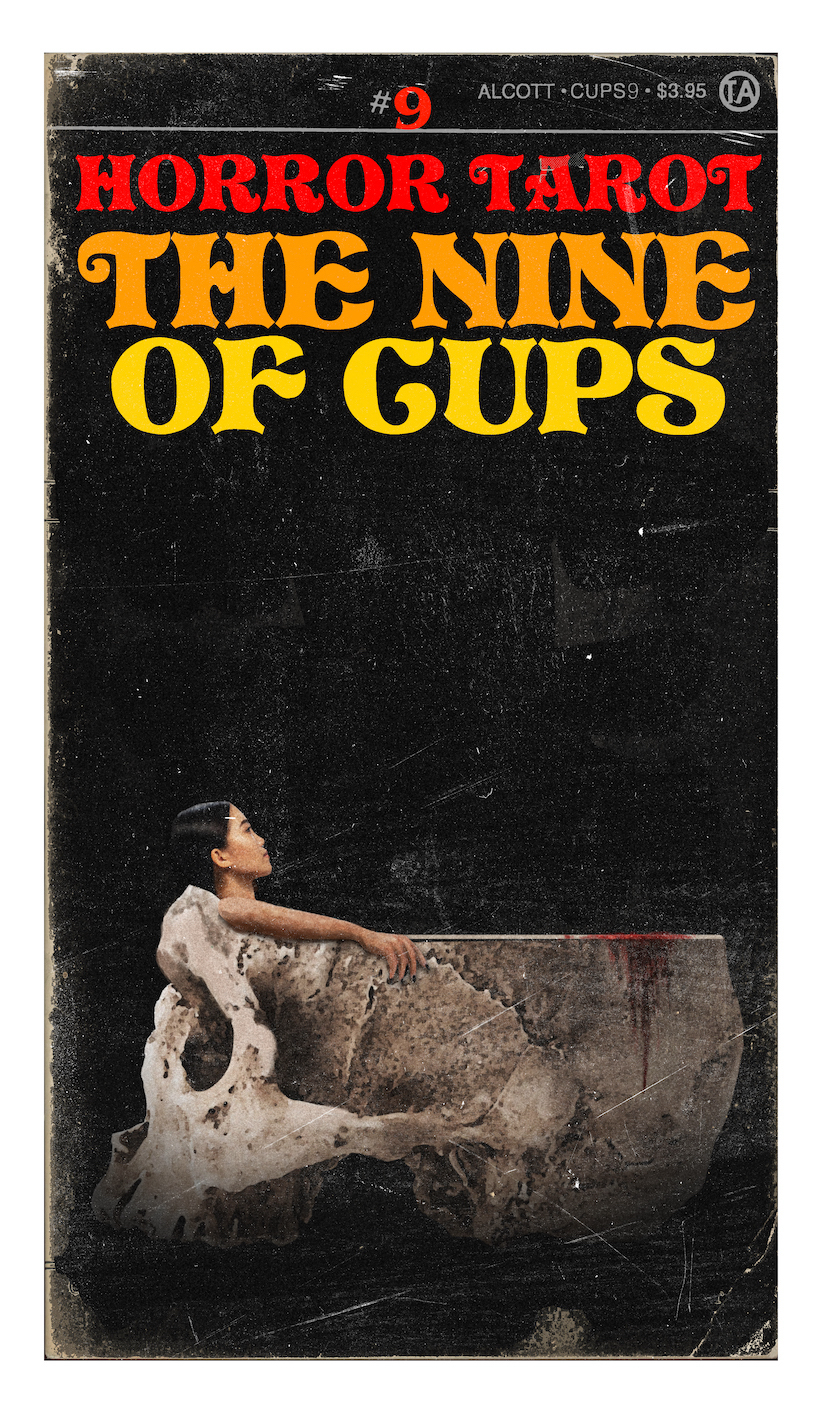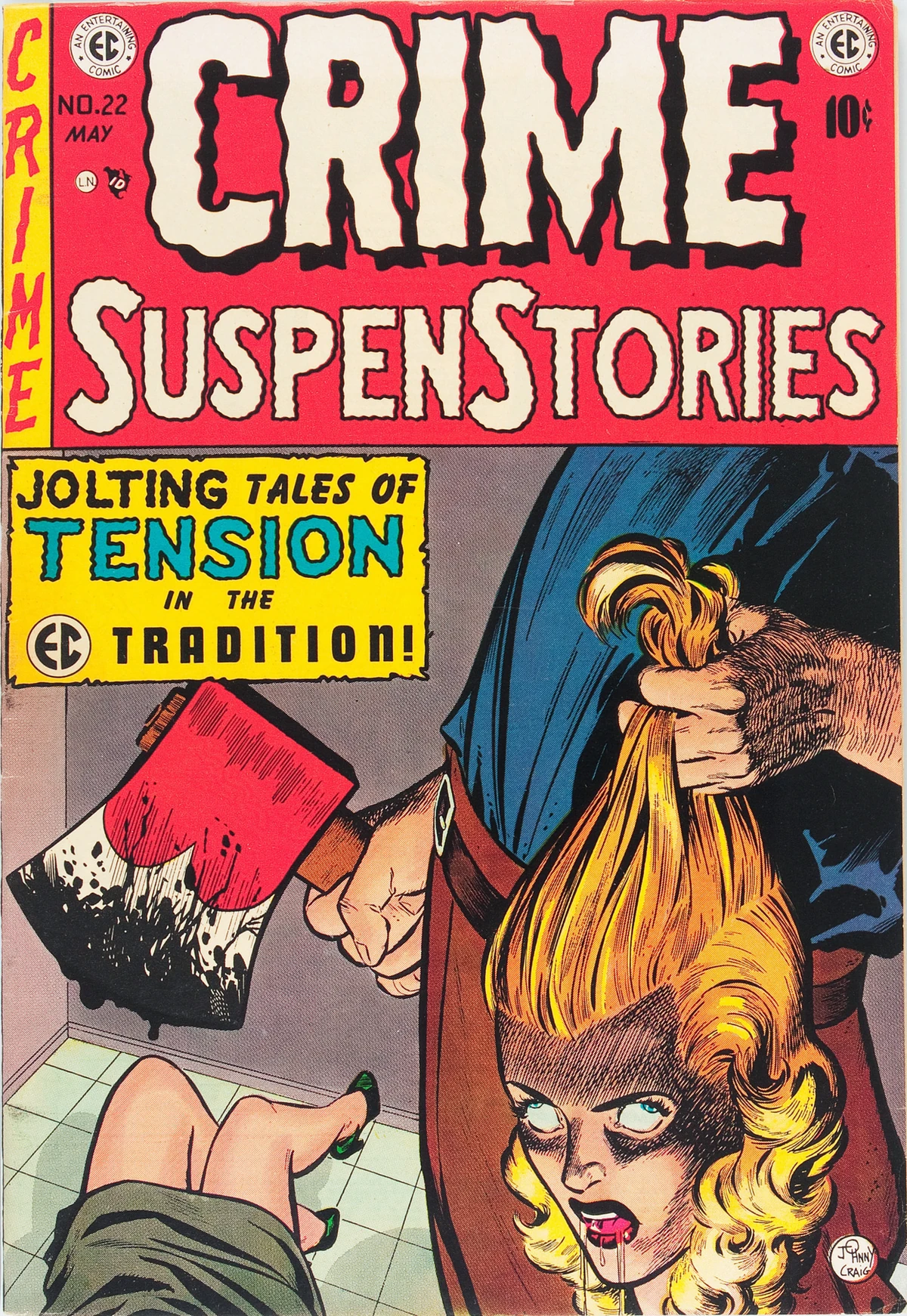Author, educator and book restoration expert Sophia Bogle is in a constant race against time. Her mission: to rescue and restore ill-treated books before their lamentable conditions can consign them to the landfill.
To the untrained eye, many of these volumes appear beyond repair, but Bogle has nerves of steel, preternatural patience, surgical precision, and over thirty years of experience.
In the Wired video above, she uses a 106-year-old first edition of Frank L. Baum’s The Lost Princess of Oz to demonstrate some of the steps of her craft — from cutting open an old book’s spine and washing dirty pages to repairing tears and recoloring illustrations.
Prior to taking the final step, she scrawls a hidden message on the backing material of the spine:
I do love the fact that there’s the story in the book, there’s the story of the restoration of the book, there’s the story of who has owned the book and now, I’m just in there just a little bit more.
This playful bit of hard-won license is a far cry from some shady restoration practices she mentions in an interview on the Welcome to Literary Ashland blog, in an attempt to arm the general public with tools for spotting potential fraud:
I am not sure that there is anything in the world that cannot be twisted with evil intent…Swapping out pages with publishers information in order to make the book appear to be a more valuable edition. Scratching out/removing numbers or words for the same purpose. And lastly, swapping out pages to insert the author’s signature. None of those things can be done without intent to defraud and it is the intent that matters most.
Bogle plies her trade using all sorts of specialized professional equipment — two sewing frames, a job backer, a gold finishing stove, a nipping press, a Kwikprint stamping machine and drawers full of stamps and dies — but she also offers free and low-cost virtual book repair courses to those whose binderies have yet to be established.
One reward for Kickstarter backers who helped her publish Book Restoration Unveiled: An Essential Guide for Bibliophiles was a bind-it-yourself printable pdf of the book.
Reattaching a paperback’s cover or deodorizing a musty old book may represent the extent of your hands on impulse.
Book lovers who have both the time and the temperament for bookbinding, as well as Bogle’s passion for preserving culture one book at a time, might consider applying for a Save Your Books scholarship.
See more of Sophia Bogle’s book restorations on her Save Your Books YouTube channel.
Related Content
How to Rescue a Wet, Damaged Book: A Handy Visual Primer
How Obsessive Artists Colorize Old Photographs & Restore the True Colors of the Past
The Art of Restoring a 400-Year-Old Painting: A Five-Minute Primer
Watch the Painstaking and Nerve-Racking Process of Restoring a Drawing by Michelangelo
– Ayun Halliday is the Chief Primatologist of the East Village Inky zine and author, most recently, of Creative, Not Famous: The Small Potato Manifesto and Creative, Not Famous Activity Book. Follow her @AyunHalliday.




